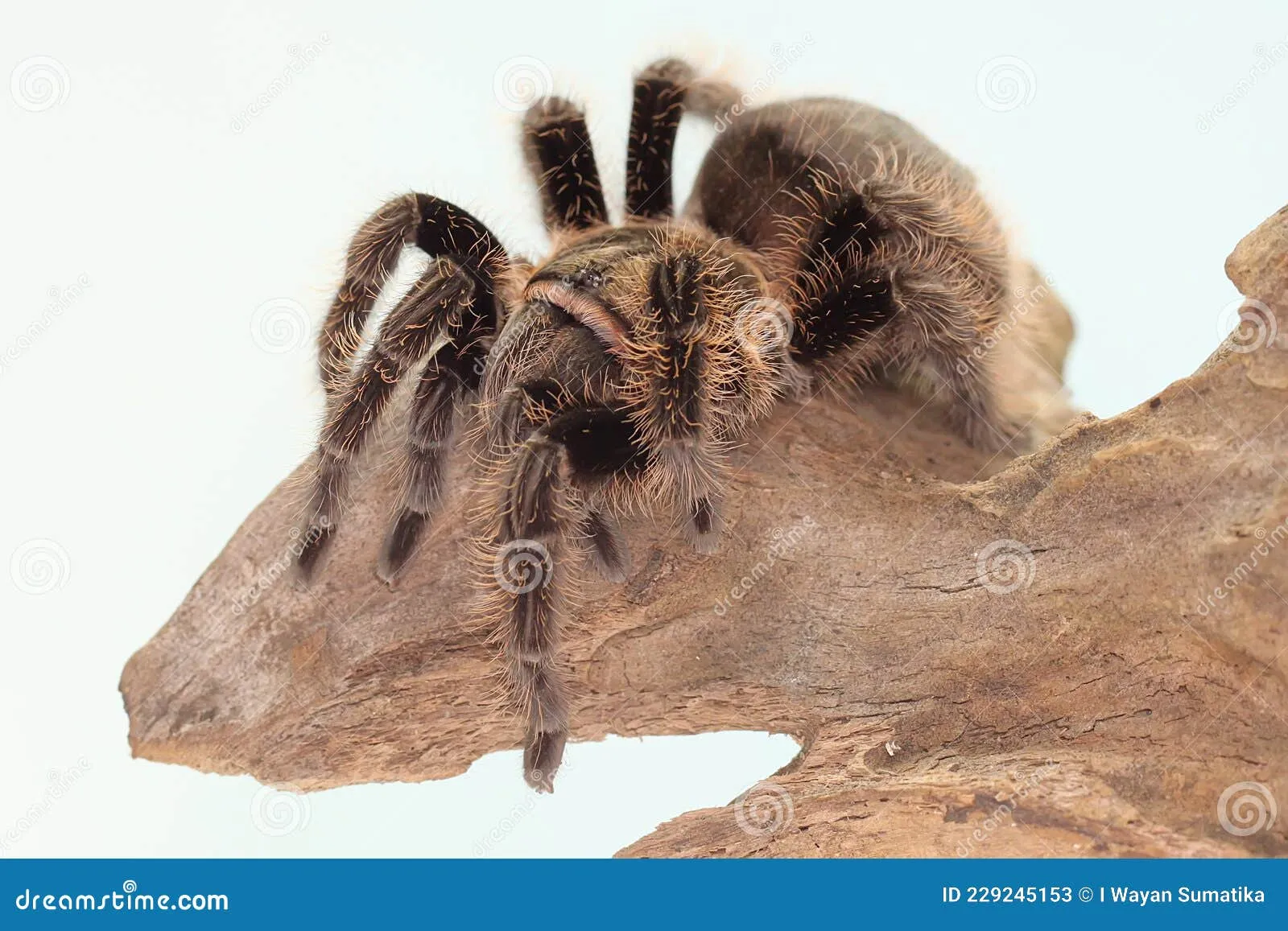Why Tarantulas Become Aggressive During Molt
Tarantulas, fascinating arachnids, undergo a process called molting, where they shed their exoskeletons to grow. This is a vulnerable time for them, and during this period, it’s common for tarantulas to exhibit aggressive behavior. The reasons for this increased aggression are multifaceted, stemming from both physical and psychological factors. Essentially, molting is a stressful experience, and tarantulas react to stress in a number of ways, including defense mechanisms to protect themselves. Understanding why tarantulas become aggressive during molting is critical to providing proper care and ensuring both the tarantula’s safety and the safety of the keeper. They will go through this process many times throughout their life, so learning to identify the behavior can help the owner a lot.
The Molting Process Explained
Molting is a natural and necessary part of a tarantula’s life cycle. As they grow, their exoskeletons become too small. To accommodate growth, they shed this outer layer, revealing a new, larger one underneath. This process involves several stages. First, the tarantula will prepare for the molt, a period that can last from a few weeks to several months. Then, the actual shedding occurs, a delicate and often lengthy process. After the molt, the tarantula is soft and vulnerable until its new exoskeleton hardens. The entire process can be stressful, and tarantulas will hide and refrain from eating as they prepare to molt. The entire process takes a lot of energy from the spider.
Understanding Pre-Molt Behavior
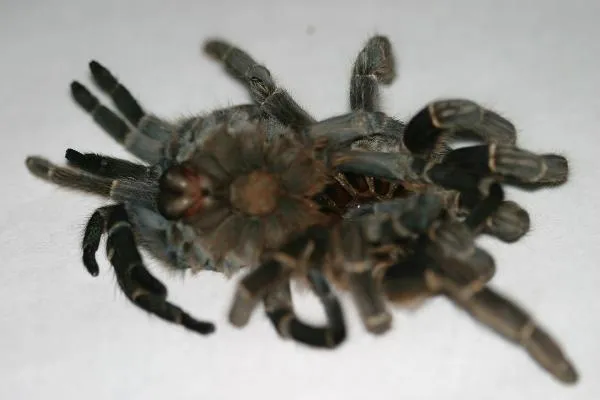
Recognizing the signs of pre-molt behavior is crucial for preparing for a tarantula’s aggression. During this stage, tarantulas typically become less active and may stop eating entirely. They might also start to exhibit defensive postures, such as raising their front legs or flicking hairs (urticating hairs) from their abdomen. The abdomen may appear darker or more swollen, and the tarantula may spend more time in its burrow or hiding place. Observing these behaviors will help the keeper understand when a tarantula is nearing its molt and adjust care accordingly. Understanding the behavior is key to keeping yourself safe.
Signs Your Tarantula is in Pre-Molt
Several telltale signs indicate that a tarantula is entering the pre-molt phase. Loss of appetite is one of the most prominent indicators, as tarantulas will often refuse food for weeks or even months before molting. A change in the abdomen’s appearance is another sign; it might appear darker, shiny, or even swollen. The tarantula may also become less active, spending more time in hiding. Another telltale sign is if the tarantula starts to construct a web mat. These webs are generally flat on the surface. Keepers should also be vigilant for any defensive postures, such as threat displays or hair flicking. Watching for these signs and understanding that the tarantula is more likely to exhibit aggression.
Managing Aggression During Molt
Handling a tarantula that is molting or in pre-molt is not a good idea. Managing aggression during a tarantula’s molt involves creating a safe, stress-free environment. The most important step is to avoid any disturbances, such as loud noises, vibrations, or sudden movements near the enclosure. Providing a secure hiding place, like a burrow or a well-placed hide, can also help the tarantula feel safer. Furthermore, proper care practices, such as maintaining the correct temperature and humidity levels, are essential. By minimizing stress and providing an optimal environment, keepers can help their tarantulas through the molting process with minimal aggression.
Creating a Safe Environment
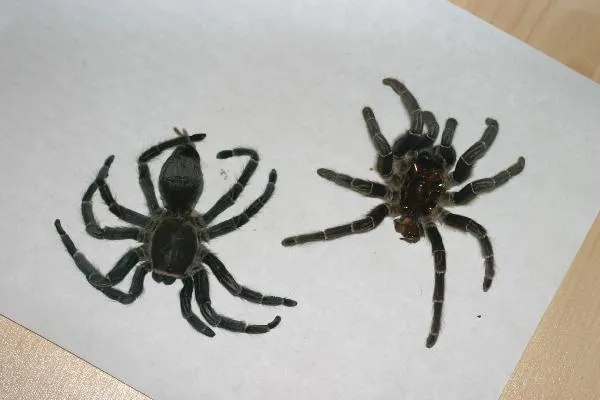
A safe environment is paramount to help a tarantula during its molt. This includes a suitable enclosure with appropriate substrate for burrowing, if the species requires it, and a secure hide where the tarantula can retreat. The enclosure should be of a proper size, allowing the tarantula ample space to move and molt without feeling exposed. Maintaining the correct temperature and humidity levels for the species is also critical. This can be achieved with a heat source like an under-tank heater or a ceramic heat emitter, and by misting the enclosure regularly, respectively. A safe environment minimizes stress and contributes to a smoother molting experience.
Avoiding Disturbances
Keeping the enclosure undisturbed is crucial during the molt. Avoid any handling of the tarantula, or opening the enclosure unnecessarily. Loud noises, vibrations, and bright lights can all cause stress and trigger aggressive behavior. Keep the enclosure away from high-traffic areas and protect it from direct sunlight. When cleaning the enclosure, do so gently and avoid disturbing the tarantula. Patience and a hands-off approach are essential during this time. The most common issue is handling when they are ready to molt, as they are the most vulnerable and aggressive.
Proper Feeding Strategies
Adjusting feeding practices is another key aspect of managing aggression. During pre-molt, the tarantula will likely refuse food. Do not force the tarantula to eat, as this can cause stress and potentially harm it. If the tarantula is eating, offer smaller meals less frequently. Once the molt is complete and the new exoskeleton has hardened, you can resume the regular feeding schedule. Observe the tarantula’s behavior and appetite. Offer food when the spider is ready, which could take a few days or weeks after molting. Keep in mind that tarantulas can go for long periods without eating, and they will usually eat when they are ready.
Post-Molt Aggression and Care
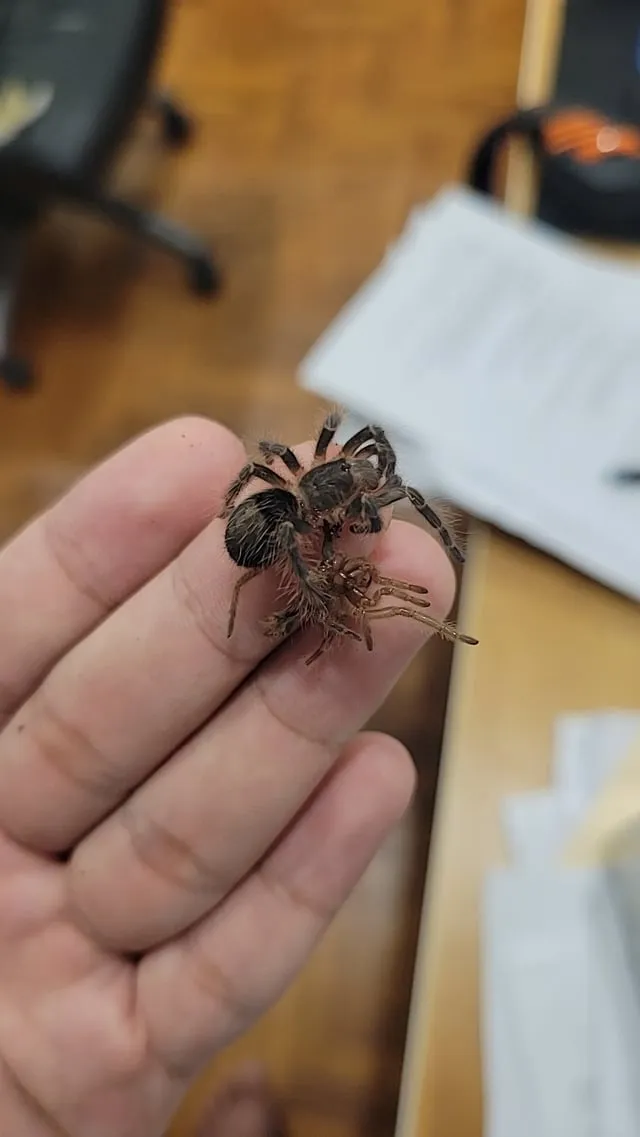
After molting, tarantulas are still in a vulnerable state. Their new exoskeletons are soft and can take days or weeks to harden fully, depending on the species and environmental conditions. During this time, it’s important to continue providing a safe and stress-free environment. While some aggression might persist immediately after molting, it should subside as the tarantula recovers. Understanding the behavior and providing appropriate care will ensure a healthy transition.
Recognizing Post-Molt Behavior
Immediately after molting, a tarantula’s behavior can vary. It may be lethargic, reclusive, and more prone to defensive postures. The tarantula’s movements will be slower and more deliberate. The spider will appear more fragile. It is very important to avoid handling the tarantula during this time. Observe the tarantula from a distance, and watch for signs of its exoskeleton hardening. Avoid any actions that may frighten or stress the spider. Once the exoskeleton has hardened, the tarantula will resume normal activities, and aggression should lessen.
Handling Your Tarantula After Molt
Wait until the tarantula’s exoskeleton has fully hardened before attempting to handle it. This can take anywhere from a few days to a few weeks. Observe the tarantula’s behavior and look for signs of increased activity and a return to its normal feeding habits. When handling, do so gently and with caution, as the tarantula may still be more sensitive than usual. Never grab the tarantula or make sudden movements that might startle it. Always support the tarantula’s body and legs, and keep it close to a surface to prevent falls. If the spider seems stressed or aggressive, return it to its enclosure immediately.
When to Seek Expert Advice
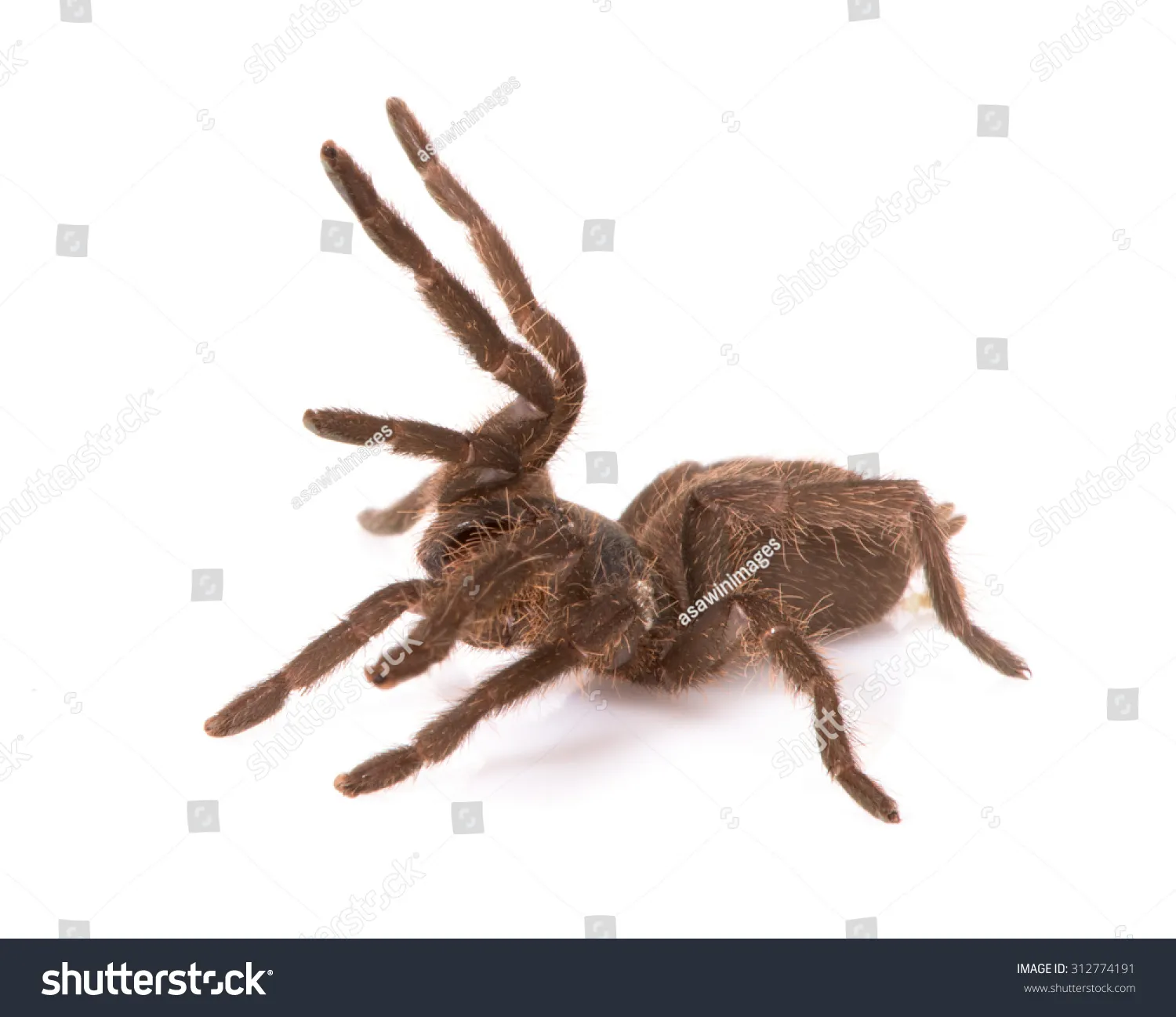
While most molting-related aggression is normal, there are times when expert advice is necessary. If the tarantula shows prolonged aggression, unusual symptoms, or fails to molt successfully, consult a veterinarian or an experienced tarantula keeper. If the tarantula gets stuck during the molting process, this is a critical situation that needs immediate attention. Any injury or health problems, such as parasites or infections, that arise during or after the molt require professional care. Contacting an expert will ensure that the tarantula receives the best possible care and improve the chances of a healthy outcome.
